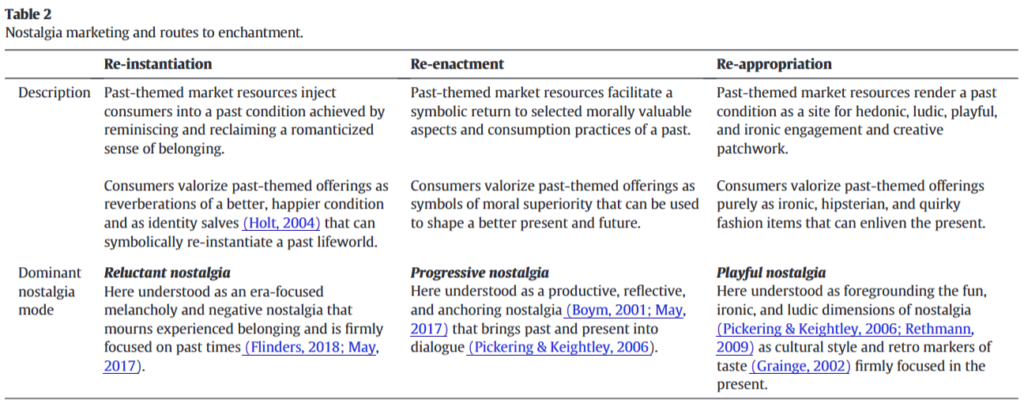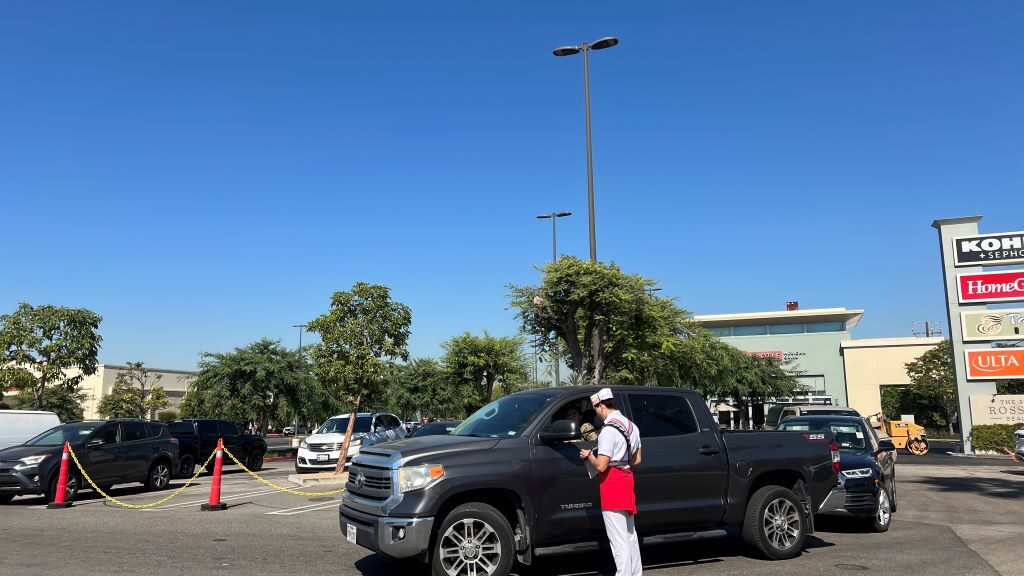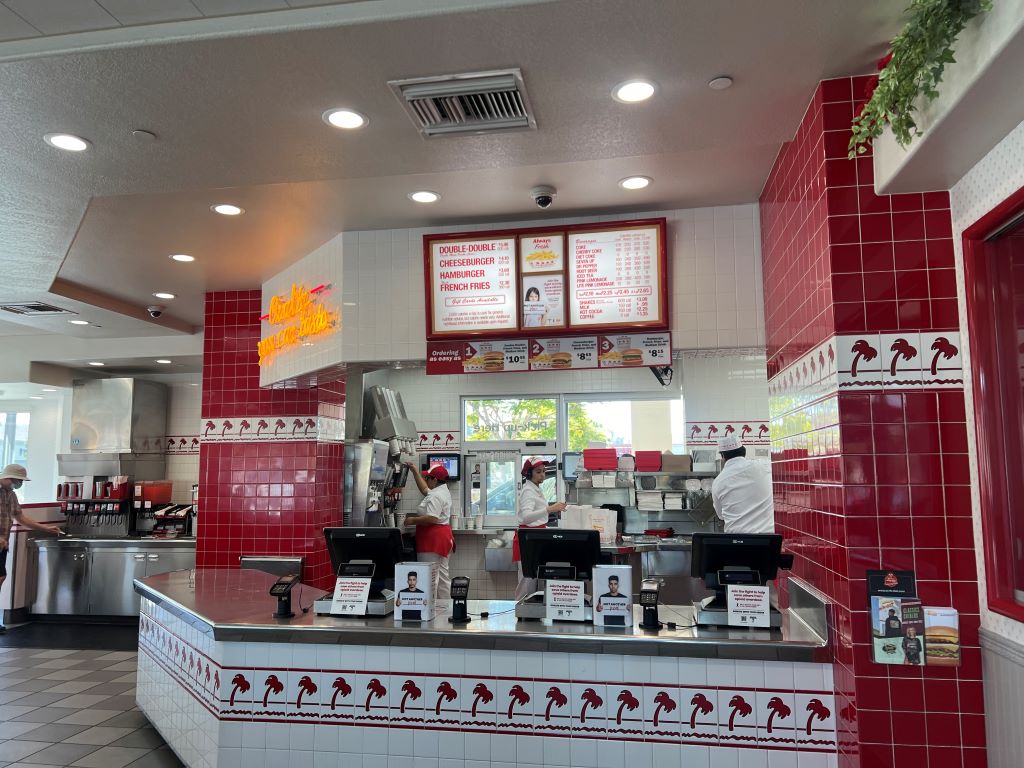
I recently visited several In-N-Out burgers in Long Beach and San Carlos and found myself immersed in a nostalgic atmosphere. From the red and white decor to the lively staff, the ambiance felt like a step back in time.
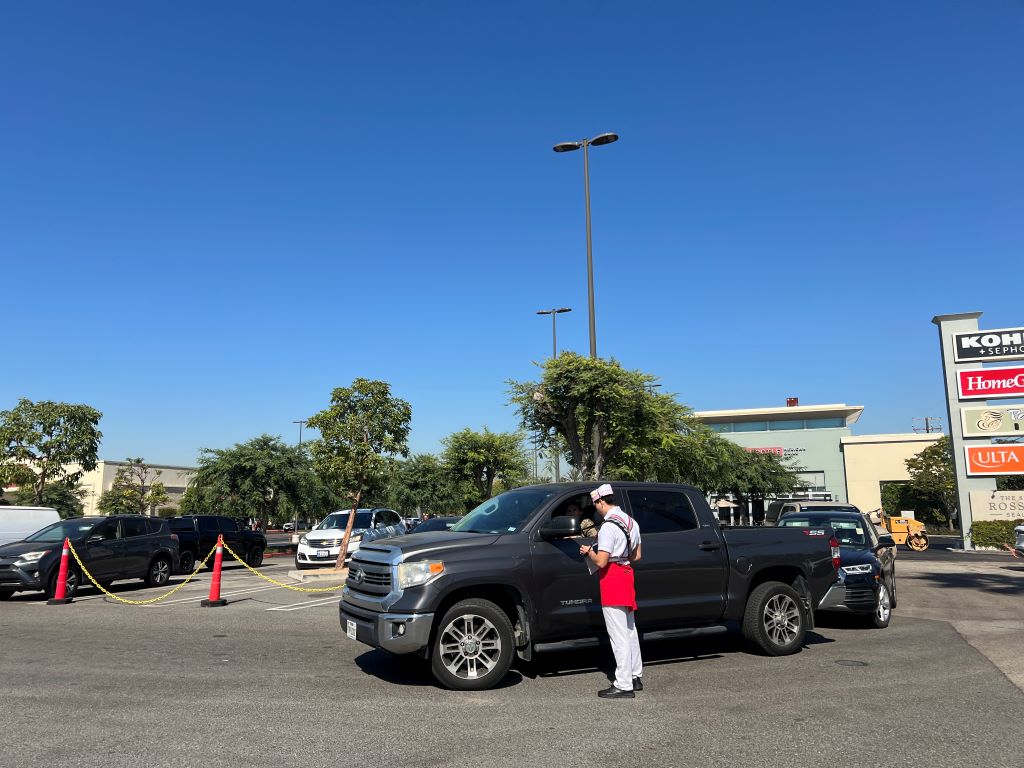
One detail particularly stood out was that an employee stepped outside to greet drivers at the drive-through. This personal, nostalgic touch probably resonates with many customers.
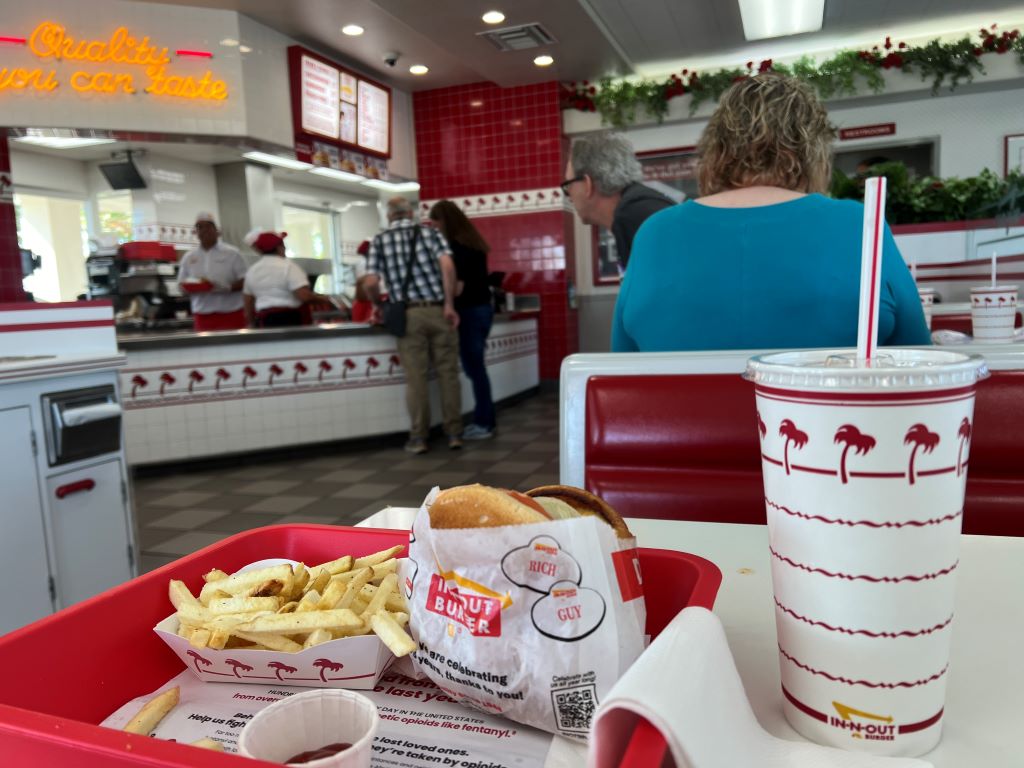
Nostalgia can enhance consumer satisfaction, often outweighing price or product quality. In an era of fast-paced change, such genuine, authentic gestures can be more impactful than any menu update.
***
Reference
Hartmann, B. J., & Brunk, K. H. (2019). Nostalgia marketing and (re-) enchantment. International Journal of Research in Marketing, 36(4), 669-686.
Most marketing and branding activities are essentially concerned with enchantment—the rendering of the ordinary into something special. To create enchantment, companies are increasingly marketing past-themed brands and products. Yet, there is little research about why and how such nostalgia marketing creates enchantment for consumers. Building on different modalities of nostalgia identified in sociological literature (reluctant nostalgia, progressive nostalgia, and playful nostalgia), we analyze the creation of enchantment through a longitudinal, qualitative, multi-method program of inquiry. We find three routes to enchantment grounded in different nostalgia modes: (1) re-instantiation (symbolic retrojection into a past), (2) re-enactment (reflexively informing the present with past-themed brands and practices), and (3) re-appropriation (ludic re-interpretation of the past). By unfolding the different ways in which marketers can press rewind to create enchantment, we discern important implications for theorizing and managing past-themed brands in terms of marketing strategy, targeting and positioning, brand experience design, and marketing communications.
